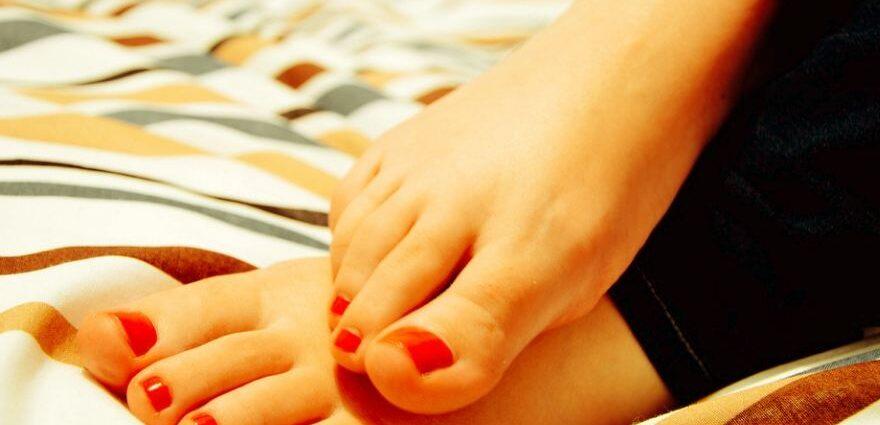Plantar Fasciitis Houston is the most common cause of heel pain caused by the biomechanical imbalance causing tension. In the medical community, plantar fasciitis is referred to as ‘heel spur syndrome’. In most cases, heel pain from plantar fasciitis occurs when they are abnormal pronation of the foot. It would mean that one’s foot can seem normal but on bearing weight there is significant pronation. The pronation increases tension on the plantar fascia ultimately leading to plantar fasciitis.
The first symptom one may notice is pain in the heel, especially with the first steps in the morning or after a long rest. The pain occurs even without a history of acute trauma to the foot. Some patients blush it off as pain due to daily activity or a minor injury and they might try enduring it without seeking Houston Plantar Fasciitis Specialist help.
The diagnosis of plantar fasciitis and Plantar Fasciitis Treatment relies mainly on the clinical presentation and medical history of the patient. A complete biomechanical examination is offered to check the relation of the range of motion to midtarsal, subtalar, ankle joints, and metatarsophalangeal. It will help in developing solutions that adequately correct biomechanical abnormalities. The Houston Heel Pain & Plantar Fasciitis Treatment may cast the foot with the subtalar joint to make orthosis. It captures the foot deformity and allows biomechanical control.
Any conservative treatment of plantar fasciitis Houston is to address the inflammatory component because it is responsible for the discomfort and biomechanical factors that cause the disorder. Patients are educated to understand the cause of pain and biomechanical factors that are causing the symptoms. The foot doctor advises home therapy that will relieve the discomfort and it might also include changes in some daily activities. If the plantar fasciitis is a result of the increased activity it might be advisable to adopt a less strenuous regimen until the discomfort fades. Also, one might be required to wear appropriate athletic shoes that will support the foot.
One might be fitted with a metatarsal removable pad during the first visit. The pad is ¼ inch thick and extends from the medial calcaneal tube to the five metatarsal heads. The greatest thickness of the pad is under the medial aspect of the arch. It is important to support the arch and decrease pronation during movement.
Some prefer a medial arch pad which is placed directly on the patient’s skin and taped to the patient’s foot. It is a temporal providing the best biomechanical support to the foot compared to over-the-counter heel pads and cups. When plantar fasciitis is due to limb length the foot doctor might advise a simple heel lift of the affected foot that will provide temporal relief.
Stretching of the Achilles tendon is an adjunctive therapy for plantar fasciitis. A simple exercise is while standing facing the wall place one foot 2 ft from the wall and the other 6ft. Lean towards the wall when maintaining and keeping both heels on the floor. This will stretch the heel cord of the limp farthest from the wall. Repeat for two minutes and change positions with the other foot. You can exercise three times daily for about six months then have your podiatrist reevaluate your progress and advice further.
Apply an ice pack every night for at least 10 days for 15 minutes.
It is advantageous to take nonsteroidal anti-inflammatory drugs for six weeks. Corticosteroid injections are not offered in the initial treatment of plantar fasciitis it is used for chronic plantar fasciitis. The injections are temporal relief and cause plantar fat pad. So, the podiatrist might consider the use of painkillers if they are effective.
One can use night splints to maintain the foot at 90 degrees angle. The orthoses are used to prevent the contraction of the plantar fascia during the night.
One might use orthotic devices throughout other conservative treatment options. The biomechanical factors that cause abnormal rotations are corrected. When the patients use the additional heel, and cushions are it easier for the foot to distribute the pressure and force that will maintain proper biomechanical function.
Some podiatrists recommend the use of a short-leg walking cast as a final conservative treatment method. The short-leg cast worn for three weeks is effective in the treatment of chronic plantar heel pain.
